If you’re new to trading, you’ve probably heard terms like ‘algorithmic trading,’ ‘algo trading,’ or ‘Expert Advisor (EA)’.
But what exactly does it mean, and why does it matter?
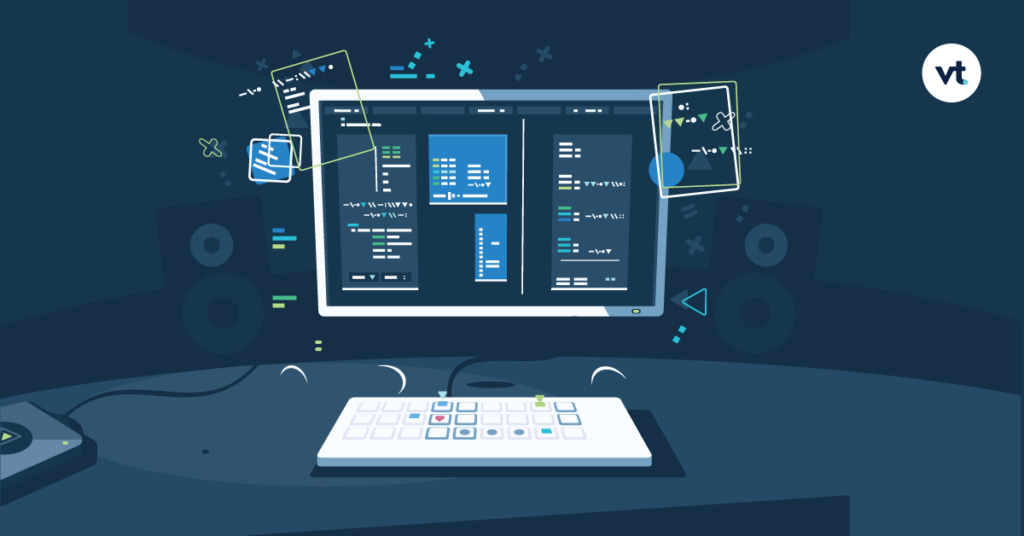
Here’s a surprising fact: 70% of all trades in the U.S. stock market are now executed by algorithms. That means most buying and selling decisions aren’t made by humans staring at screens but by lines of code.
In this guide, we’ll break down the definition of algorithmic trading, how it works, its pros and cons, and whether it’s a good fit for beginners like you.
What is Algorithmic Trading?
Algorithmic trading, or ‘algo trading’, uses computer programs to execute trades automatically based on predefined rules. These rules include timing, price, quantity, or complex mathematical models.
How About an Expert Advisor (EA)? Is It A Type Of Algorithmic Trading?
Here’s one way to look at the relationship between an Expert Advisor (EA) and algorithmic trading:
All Expert Advisors operate on algorithmic trading, but not all algorithmic trading are Expert Advisors.
How is this so?
By definition, an Expert Advisor is an algorithmic trading software with MetaTrader 4 and MetaTrader 5. However, the general concept exists elsewhere under different names, like trading bots or automated scripts.
For example, the thinkorswim platform offers ‘ThinkScript’ for limited trading automation. The ‘IB API’ supports algorithmic trading with the InteractiveBrokers trading platform.
While ‘Expert Advisor’ is platform-specific, its concept applies to a broader spectrum of algorithmic trading.
What Are The Differences Between Algorithmic And Manual Trading?
1. Lightning Speed Vs Human Cognitive
Trading programs execute trades in milliseconds. Human cognitive processing speed falls behind this benchmark by a considerable margin due to our staggered nature of drawing a conclusion.
2. Decision-Making Process
When making decisions that impact your financial integrity, you’re battling consciousness shaped by experience, emotions and judgment. This storm of consciousness can lead to impulsive actions that may or may not work in your favour.
With trading programs?
Lines of codes don’t even know what emotions mean! However, programs are exceptional at observing predefined rules and algorithms. This laser-focused characteristic delivers improved trading accuracy and consistency.
3. Scalability
The theory that humans can be excellent multitaskers is a myth. Studies show that the human brain is incapable of completing more than one cognitive task at a time.
Hence why scaling up trades requires immense discipline with a small margin for error, not to mention the sustainability of this practice.
Algorithmic trading doesn’t have this flaw. As long as the programmer has defined the playbook, the program could easily scale up trading across markets around the clock.
4. Adaptability And Flexibility
Is algorithmic trading going to come out on top against manual trading? Not so fast!
While algorithms thrive in predefined conditions, they can be thrown off balance when an unexpected variable comes into play.
For example, a seismic development in geopolitical events can change the markets’ dynamics drastically and invalidate the trading program’s protocols.
This is an area where humans triumph over algorithms.
Because we can perceive real-time events and make necessary adjustments to position ourselves accordingly, we’re infinitely better at pivoting our trading strategies to optimise our trades.
Common Misconceptions
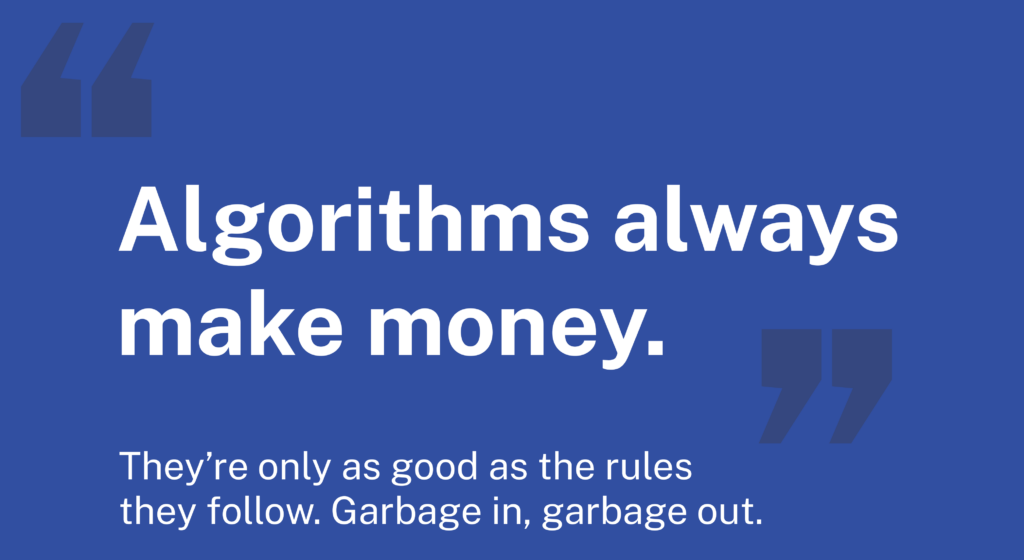
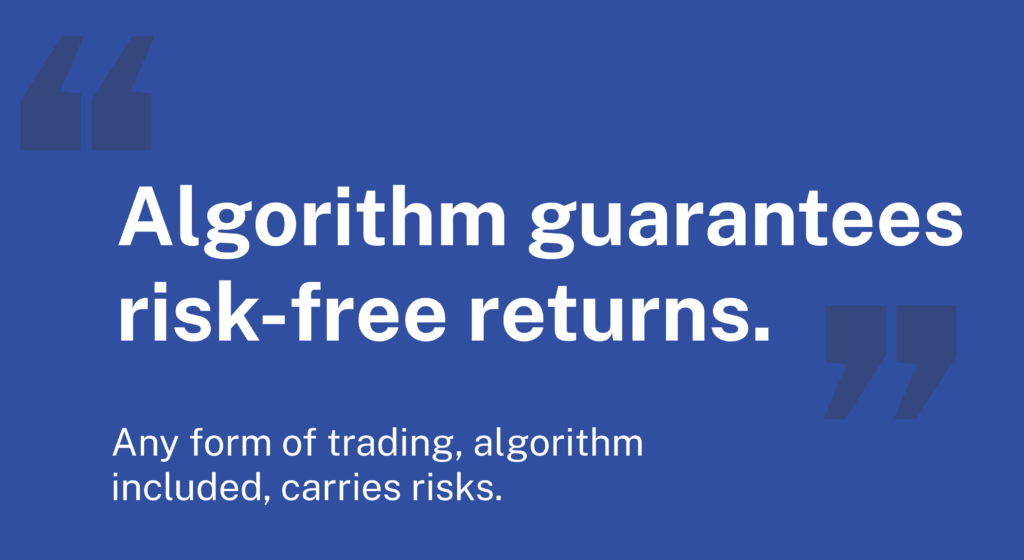
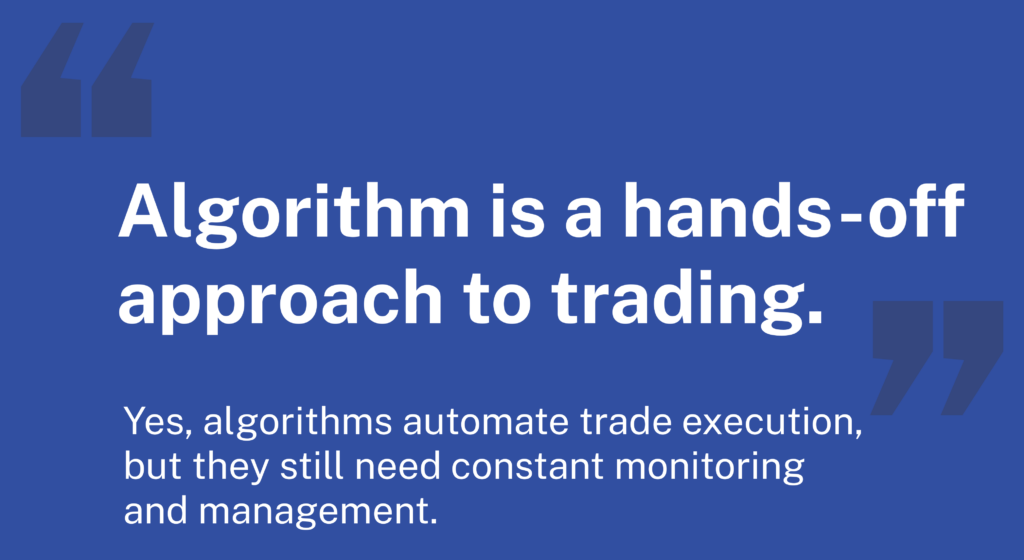
How Algorithmic Trading Works
Algorithmic trading boils down to three steps:
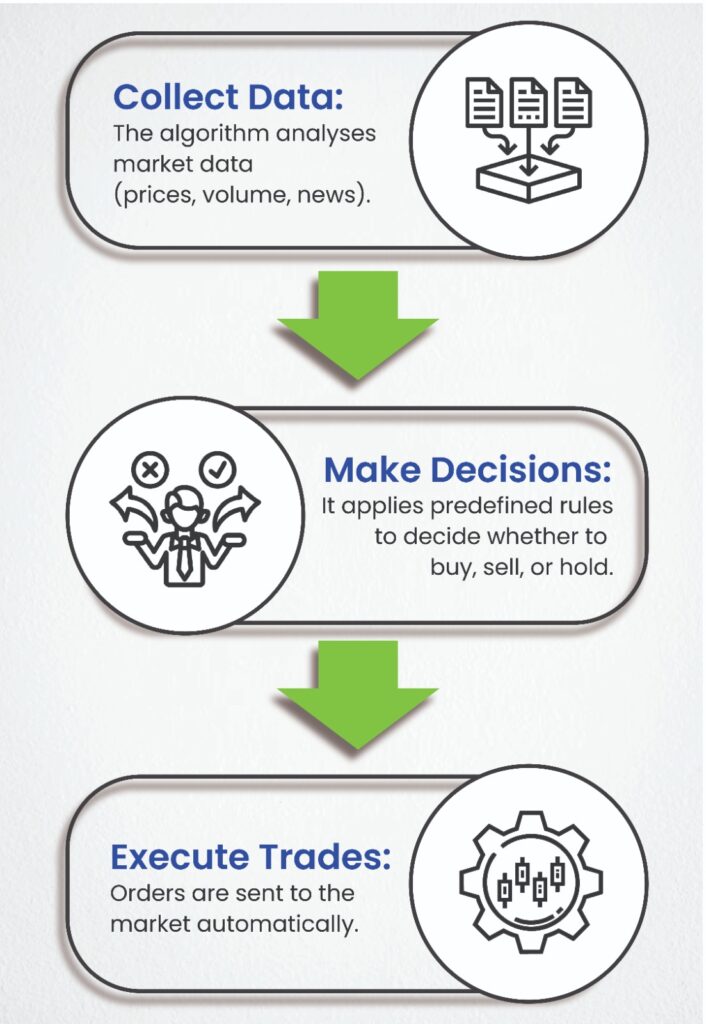
Types Of Trading Algorithm
1. Trend-Following Strategies
These algorithms chase momentum. For example, if Bitcoin rises 5% in an hour, the bot might buy, expecting the trend to continue. Tools like moving averages or the Relative Strength Index (RSI) often guide these decisions.
2. Arbitrage Strategies
These exploit price differences between two or more markets to make a profit. Algorithms can quickly identify and act on these discrepancies
3. Mean Reversion Strategies
These strategies assume prices will revert to historical averages. If Tesla stock drops 10%, the algorithm will buy, betting it’ll bounce back.
4. Sentiment-Based Trading
Advanced algorithms use machine learning and natural language processing (NLP) to analyse news, social media, and financial reports to determine market sentiment. If an algorithm detects positive sentiment around a stock, it may trigger a buy order.
Benefits Of Algorithmic Trading
1. Automation
Trades are executed automatically, reducing the need for manual intervention.
2. Speed
Algorithms can execute trades faster than human traders, ensuring timely market entries and exits.
3. 24/7 Trading
Trading programs can operate round the clock, even when you’re not available.
4. Emotion-free Trading
Algorithms trade without emotional biases, sticking to the strategy.
Risks Of Algorithm Trading
Autopilot, 27-7 operations, lightning-speed trades. Algorithm trading sounds like a definitive solution to generate profit, doesn’t it?
Theoretically, yes, but only if they don’t present these risks (which are inherent to algorithms, unfortunately):
1. Market Risks
As mentioned, trading programs are second to none for observing predefined rules. However, market volatility arises at unexpected moments, such as geopolitical turmoil and black swan events.
These turns of events aren’t premeditated. As such, trading algorithms aren’t equipped to deal with sudden changes in market conditions. This risk can lead to substantial losses.
2. Model Risks
‘Past performance is not indicative of future results.’
How often have you seen this disclaimer on a brokerage firm’s website, social media and brochures?
This universal truth applies to all forms of trading, including algorithmic trading. Algorithms may perform well on historical data but fail in real-market conditions due to changes in market dynamics
3. Human Errors
Algorithms are only as good as the programmer who wrote their codes. Human errors could still take place in developing the program. This kind of oversight can lead to huge losses if not detected earlier.
4. Glitches And Failures
System outages, latency issues, and connectivity problems can disrupt trade execution, leading to missed opportunities or incorrect trades.
Is Algorithm Trading Right for You?
Algorithmic trading can be a powerful tool, but it’s not for everyone. Here are some factors to consider before deciding to automate your trading:
Do you have a solid understanding of financial markets?
Algorithms do not guarantee profit. A strong foundation in trading principles is essential.
Are you comfortable with technology?
Algorithmic trading requires familiarity with coding, trading platforms, and data analysis.
Can you manage risks effectively?
Even the best algorithms can incur losses. Understanding risk management is crucial.
For those who prefer manual trading, algorithmic trading can supplement decision-making rather than fully automate it.
Wrapping Up
Algorithmic trading isn’t a magic money-making machine. It’s a tool. When used wisely, it can enhance speed, discipline, and efficiency.
For beginners, the key is to start simple, test rigorously, and never stop learning.
Whether you’re coding your trading program or using a pre-built solution, remember: the goal isn’t to replace human judgment, but to amplify it.
Visit our product page on Expert Advisor to learn more about VT Market’s algorithmic trading solutions.







